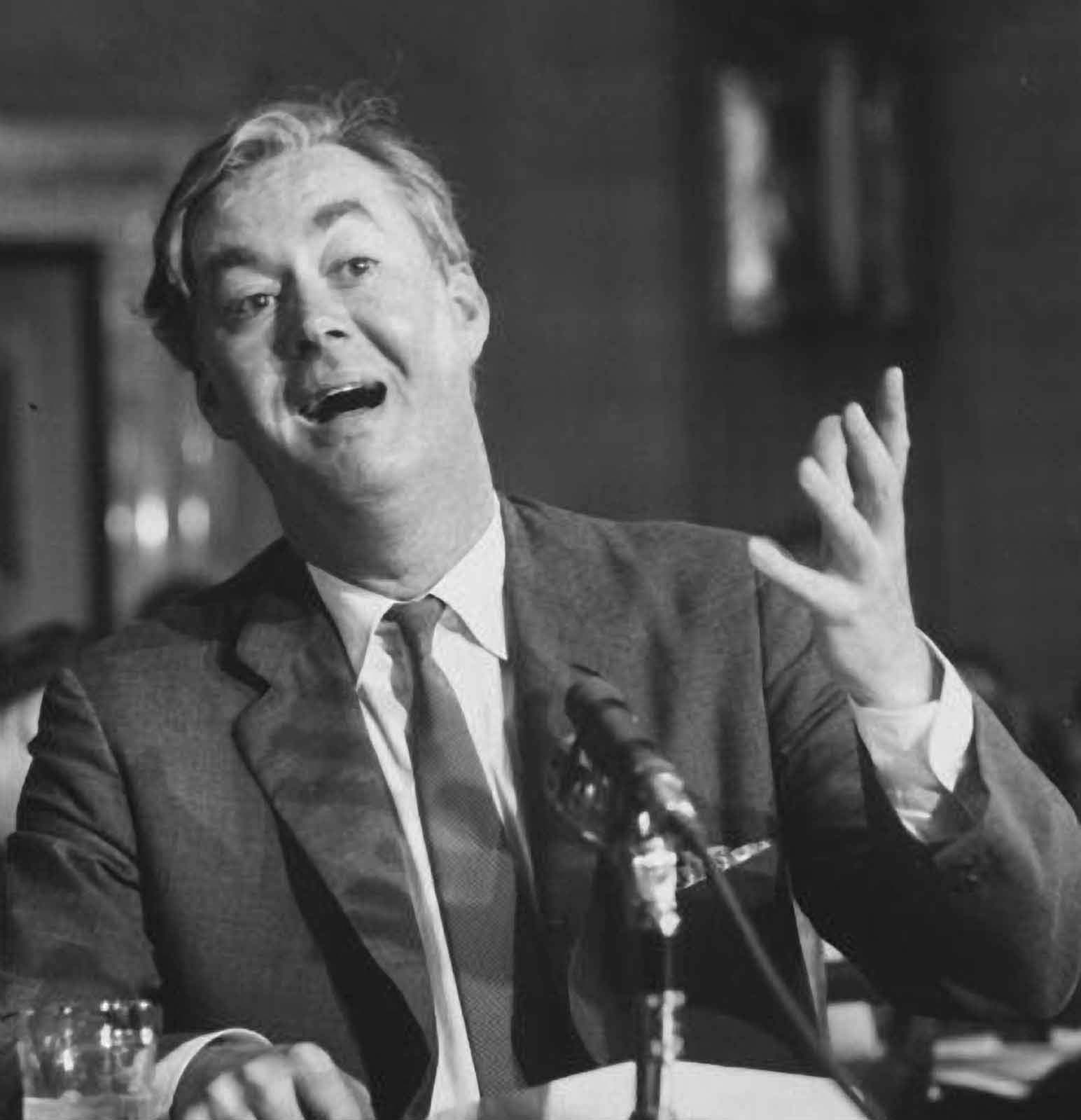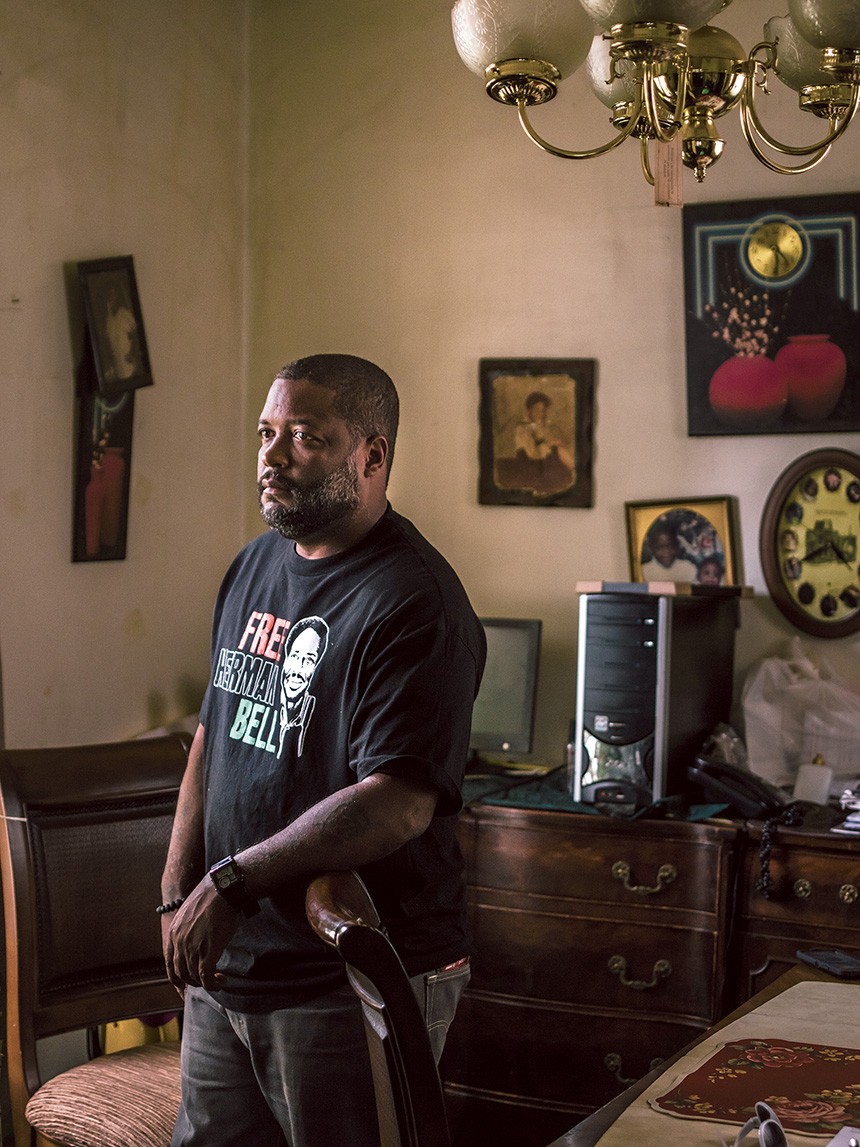This month’s edition of The Atlantic features another incredible piece from writer and scholar Ta-Nehisi Coates. Coates rose to popular prominence after his essay, “The Case for Reparations,” restarted serious dialogue on compensating black Americans for the wealth they lost as a result of centuries of systemic racism.
“The Black Family in the Age of Mass Incarceration,” Coates’ newest piece, is as equally as engaging and informative. In it he details the American legacy of incarceration and the ways prisons and jails have been structured to both constrain black life and propel white supremacy. The article, filled with extensive historical detail, comprehensive research, and the personal narratives of formerly incarcerated individuals, takes a long time to read — especially if you want to have a complete understanding of the themes and ideas he explores. While I highly encourage everyone to read the whole essay and consume all of Coates’ excellent writing and reporting, I want to underscore the important takeaways from the piece, for those who might not have the time to get through it all.
1. The thread that ties all of Coates’ findings together is that America has used the myth of black criminality to justify, and thus continue, mass black imprisonment. After slavery, white men were concerned that black men would take their jobs and/or their women, so they went out of their way to criminalize black men. Because of this criminalization effort, the inherent assumption in the white American psyche was that “blacks were criminal brutes by nature, and something more than the law of civilized men was needed to protect the white public.” The specter of white women’s rape at the hands of black men was used to explain lynching, demonstrate black savagery, and as a result, justify the judicial confinement of black men.
2. This “criminality” tainted not just those black people convicted of crimes, but “innocent” blacks as well. The Pager Audit, a famous study that looked at the effects of a criminal record on an individual’s employment found that, as Coates notes, “The black man without a criminal record fared worse than the white man with one…Effectively, the job market in America regards black men who have never been criminals as though they were.” The law does not need to find black men guilty for the rest of the world to see them as such.
3. For any instance of racism, there is always an underlying mechanism of sexism that constrains black women. In this instance, sociologist Daniel Patrick Moynihan led the charge, noting that the black community was suffering because there were too many matriarchal families. Specifically, he said that women leading households “seriously retards the progress of the group as a whole, and imposes a crushing burden on the Negro male and, in consequence, on a great many Negro women as well.” For Moynihan, the emasculation of the black man was at the hands of black women, and the only way to “fix” the black family was to strengthen the role of the father through employment.

4. But, neither employment for black men or other meaningful government policies acted as interventions for the black family. In fact, the pervasiveness of concentrated poverty in black communities exacerbated the divide between the black poor and neighborhoods of opportunity. In a conversation with Coates, Yusef Bunchy Shakur, an author and community activist reflected,
“I’ve never talked with a doctor until he be sewing me up after I got shot. I never talked with a lawyer until he was sending me to prison. I never talked with a judge until he convicted me.”

5. Moreover, instead of using government services to tame crime in the city and other problems like poverty (which Moynihan attributed to the decline of the black family), the government looked to incarceration as the solution. As a result, from 1970 until now, “America’s prison and jail population…has increased sevenfold, from some 300,000 people to 2.2 million.” And in 2000 black males were incarcerated at rates 10 times higher than their white counterparts. These are just a couple of the many statistics Coates uses to highlight America’s runaway rates of black imprisonment.
6. Coates also underscores that these incarceration trends are not correlated with crime, citing a study by Harvard sociologist Bruce Western, which found that “a 66 percent increase in the state prison population between 1993 and 2001 had reduced the rate of serious crime by a modest 2 to 5 percent—at a cost to taxpayers of $53 billion.” So, putting black people in jail has not made America notably safer. Incarceration is about propagating the myth of black criminality, not about reducing crime in any meaningful way.
7. What’s disappointing, and something that Coates fully explores, is that both liberals and conservatives supported “tough on crime” policies. Bill Clinton and Vice President Joe Biden pushed for draconian federal sentencing policies. This intensive over-criminalization also translated to states. Ann Richards, the former Governor of Texas, and Mario Cuomo, the former Governor of New York (and both democrats) ratcheted up the amount of prisons in their respective states throughout the ’90s. In a similar vein, Martin O’Malley, a 2016 Democratic candidate for president, vetoed almost every single recommendation by the parole commission while he was the governor of Maryland. He was unwilling to free individuals with life sentences, even if they met a variety of requirements and were supported by the commission.
8. Making matters worse, when individuals are eventually released after serving their sentences, life on the outside is made incredibly difficult. Many are homeless and can’t find work in the outside world. Being tough and not making eye contact might be the key to a person’s safety in prison, but does not reflect the type of body language that would inspire someone to hire a future employee. Not only that, but half of prisoners were found to be illiterate, and 68 percent were considered indigent.
9. None of this — not the criminalization of black people, the incarceration of black men or the challenges they face upon release — is accidental or disconnected from the legacy of racism in America. Coates puts simply:
“Peril is generational for black people in America—and incarceration is our mechanism for maintaining that peril.”
10. But how do we solve, or begin to dismantle, this tragedy of injustice? Coates recommends that in order to reduce the rates of incarceration we need to be less harsh on both violent and nonviolent offenders. It is also crucial, he notes, that “the institutional structures, the communities, and the politics that surround it” need to be reformed. And, we must not assume that if rates of incarceration do decline, this reduction will be racially equitable. Coates effectively asserts, “should crime rates rise again, there is no reason to believe that black people, black communities, black families will not be fed into the great maw again.”
Because these are just the highlights from Coates’ piece, you should read the full article here for a more detailed perspective.
What did you take away from Coates’ piece? Let us know in the comments below!
